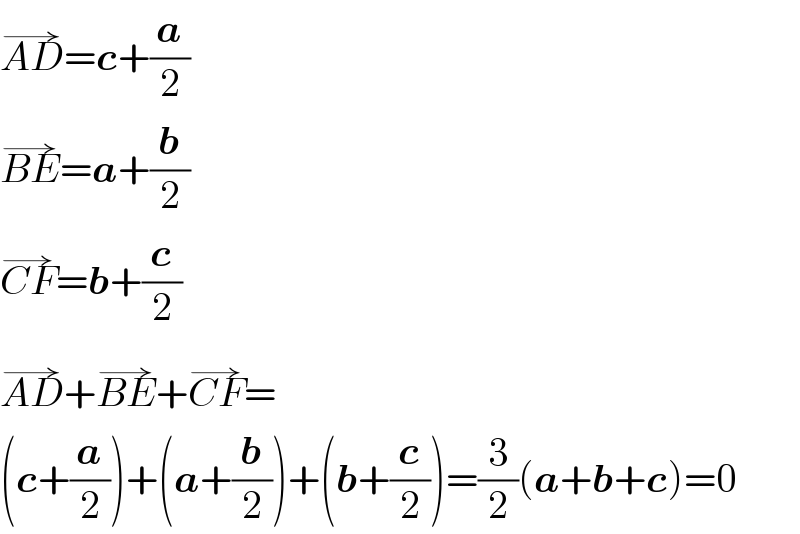
Question and Answers Forum
Question Number 94191 by oustmuchiya@gmail.com last updated on 17/May/20

Answered by mr W last updated on 17/May/20

Commented by mr W last updated on 17/May/20

| ||
Question and Answers Forum | ||
Question Number 94191 by oustmuchiya@gmail.com last updated on 17/May/20 | ||
 | ||
Answered by mr W last updated on 17/May/20 | ||
 | ||
| ||
Commented by mr W last updated on 17/May/20 | ||
 | ||